
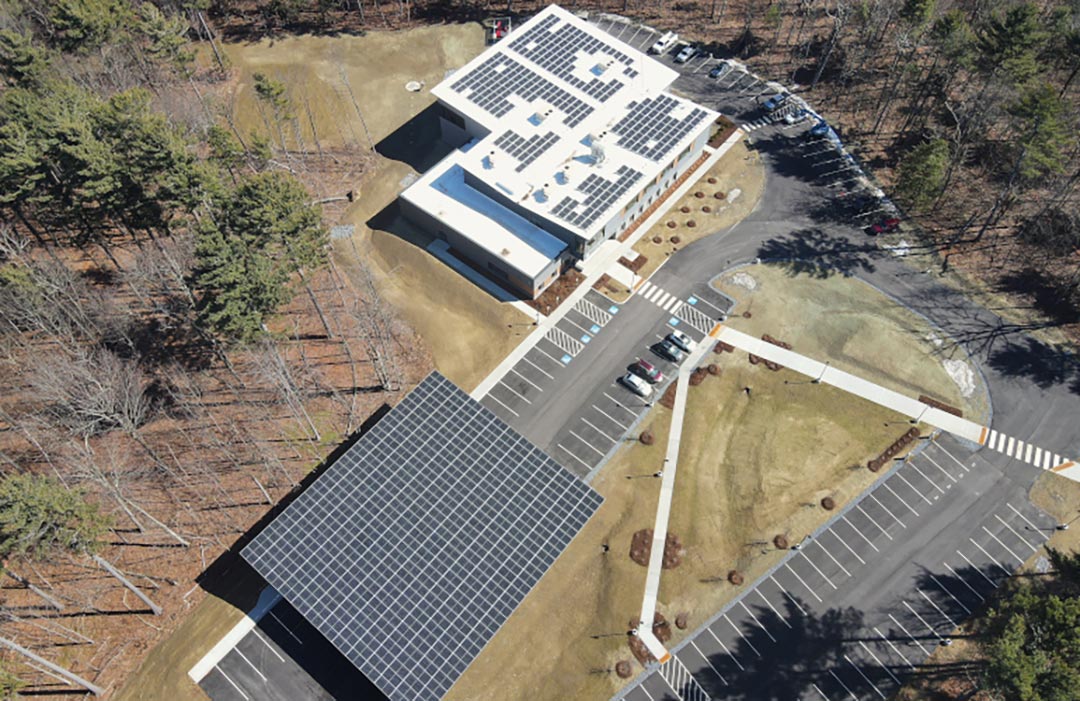
Vermont is known as the 'Green Mountain State', which is not accidental - the Green Mountain Range runs through its center, but the state is covered in dense forests from border to border, attracting nature enthusiasts to admire the changing leaves of trees every season. This obsession with protecting unobstructed green landscapes can sometimes pose challenges for solar installers in Vermont, especially when a town wants to achieve 100% solar coverage. Aegis Renewable Energy Company (ranked 275th on the 2025 Top Solar Contractors list) solved this problem for the town of Colchester last year by launching four unconventional site selection projects. In 2018, Aegis collaborated with the third most populous municipality in Vermont to install a 150 kW ground installation project on a small section of the Roosevelt Expressway and another 150 kW ground installation project in a pumpkin field. In 2024, Aegis completed the project at a local cemetery and a new entertainment center in the town. The town's goal is to install 720 kilowatts of solar energy, and Aegis has achieved this goal. They have been striving to generate 720 kilowatts of electricity because this is the electricity consumption of the town, so they want to offset this part of the electricity consumption, "said Sonia Bain, Vice President of Aegis. Every year, we strive to find new power plants to help them achieve this goal. Ultimately, the solar energy they produce this year is sufficient to meet the electricity needs of the town Although it is easy to select sites for the two projects in 2018, finding suitable space for the final 420 kW project is not an easy task. Behn stated that Colchester lacks land that can support solar energy without causing serious shading problems or requiring deforestation. To avoid this situation, Aegis recommends installing rooftop and carport arrays at the entertainment center under construction, and installing another ground support on an unused plot of land at Fort Ethan Allen Cemetery. We have been working hard to find an efficient venue, "Bain said. So we proposed the idea of a carport. It's a very creative way to get them to the required quantity The entertainment center took 20 years to build and will be open to the public in February 2025. The facility features an indoor track, basketball court, gym, a 120 kW rooftop array, and a 150 kW carport spanning the parking lot. Aaron Lavallee, the design, licensing, and project manager of Aegis, stated that the entertainment center features a butterfly style 5 ° inward sloping roof and requires a support system that can tilt 5 ° and 15 ° to ultimately tilt the array 10 °. The company has chosen Sun Ballet, an Italian concrete support company that distributes in the United States. The Sun Ballet product is a highly competitive integrated solution for us. The bracket itself is a ballast and can also serve to ground the array, "he said. They have American distributors in New Hampshire, which greatly shortens pro...
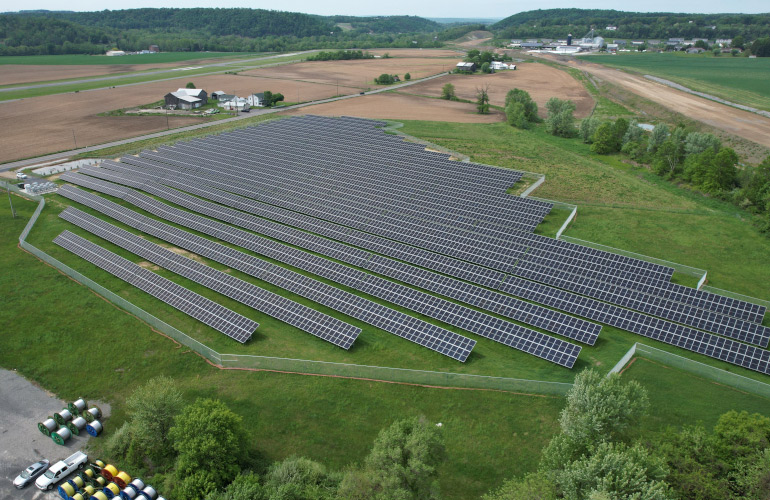
Surpassing the previous generation is the dream of the family - to open up a path to success for future generations. Ten years ago, Barry Moore founded a solar installation company in Pennsylvania. As he was preparing to retire, his sons Tyler and Matt took over and continued his career. Although the company is still in the family's hands, the two brothers still hope to lead Moore Energy (ranked 149th on the 2025 Top Solar Contractors list) onto their own path. Since we joined, we have been focused on developing and expanding our business, "said Tyler Moore and his brother, co owners of the new company. We have entered the development field and started building these small-scale utility scale solar power plants in central Pennsylvania Moore Energy was founded in 2008 as a residential and small commercial contractor in the Greater Philadelphia area, with an early average annual installed capacity of less than 500 kilowatts. In 2024, the company completed over 200 residential projects, 20 commercial rooftop projects, and the first utility scale solar power plant, with an installed capacity of nearly 12 megawatts that year. Moore said that the key to entering large-scale projects is to seize the opportunity. In 2021, the Pennsylvania Supreme Court ruled in the case of Holmridge v. Public Utilities Commission, allowing for net measurement compensation. This ultimately gave commercial real estate the opportunity to profit from solar energy exports and paved the way for the development of solar energy on a utility scale in the state. When the Holmridge case occurred in 2021, Matt and I, as business owners, decided to look for opportunities in central Pennsylvania because we realized the business opportunity: I could take a piece of land and install a solar system on it, and all the generated electricity would be fed back to the utility company, which would pay for it. I didn't need any basic business or customers, "Moore said. We ultimately created this business model: finding land, obtaining all interconnectivity and approvals, building an economically viable solar power plant, and then selling it to people who want to own the system for 30 years Although this is a common practice in other states, this new business line appears very innovative for Moore Energy. Moore said that his accounting background, combined with his brother Matt's expertise in solar installation, made it easy for him to take on larger projects. We have been deeply involved in the commercial field for 15 years and have an experienced installation personnel base. We have also done ground installation in the commercial field, so we have carried out this work on a large scale [which has never changed], "he said. The real learning curve lies in collaborating with land development and townships, which requires an 18 month process Although the door to large-scale development of public utilities in Pennsylvania is now open, Moore said that Holmridge's decision has also kept the company b...
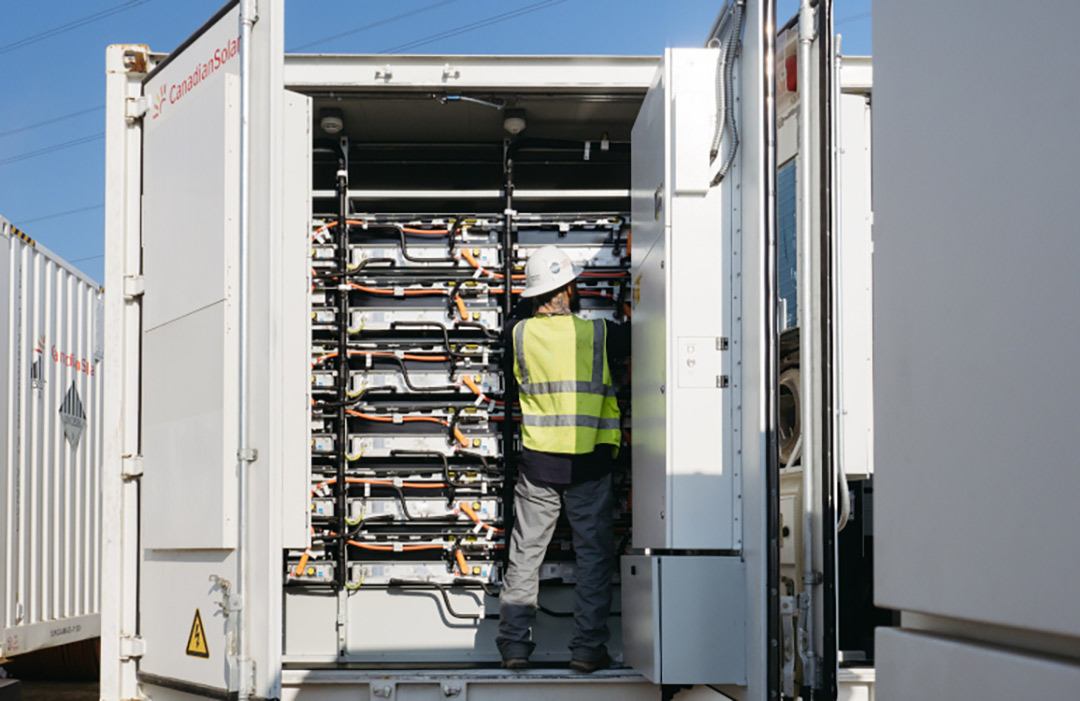
The US Department of Commerce announced today the preliminary anti-dumping tariff rates for the Chinese battery anode material trade case. Almost all important American battery exporters, including Atos Sunshine Power, LG Energy Solutions, Panasonic, Shuifude, Samsung, and Tesla, have been subject to an anti-dumping tax rate of 93.5%. The anti-dumping tax rate within China (for enterprises that have not responded to the petition request from the Ministry of Commerce) is 102.72%. The complete list of exporters and producers under the tariff order can be viewed here. The anti subsidy tax rate is much lower than the tax rate of over 800% required by the applicant, the American Activated Anode Material Manufacturer (AAAMP). The US Department of Commerce also announced a relatively mild countervailing duty (CVD) rate, which is only 11.58% for most of the sued companies, including major battery manufacturer Panasonic. After the merger of the countervailing duty and CVD tax rates, the initial tax rate will reach between 105.08% and 114.4%. Industry analyst Roth Capital Partners estimates that this merger tax rate could lead to an 11-12% increase in the cost of lithium-ion batteries and a 5-6% increase in the cost of DC blockers. The company stated that these increases are within a controllable range and are unlikely to affect industry demand. The Association of American Automobile Manufacturers (AAAMP) has requested an anti-dumping/countervailing investigation, requesting the government to review active anode materials (AAM) used for lithium-ion energy storage and electric vehicle batteries. AAAMP claims that China's dominant position in AAM production hinders the establishment of competitive operations in the domestic market. The US International Trade Commission (ITC) made a preliminary affirmative ruling in January, determining that imported active anode materials from China are harming US industries. ITC stated that the AAM industry in the United States has been severely hindered by dumping and subsidizing imported products from China. Previously, anti-dumping/anti subsidy cases in the field of solar panels could clearly demonstrate the degree of "pre - and post damage" caused by dumping Chinese products into the United States, and the AAM industry currently lacks a large number of comparable product production samples. However, based on the preliminary anti-dumping/countervailing duty rates disclosed, the Ministry of Commerce believes that the damage is not as severe. What is battery active anode material? Batteries require cathodes and anodes to facilitate charge flow. During battery charging, electrons move from the positive cathode to the negative anode, and this potential difference is converted into stored energy. The "chemical properties" of a battery refer to its active cathode material, such as lithium iron phosphate (LFP) or lithium nickel manganese cobalt (NMC). The active anode material is usually a carbon based material, such as graphit...
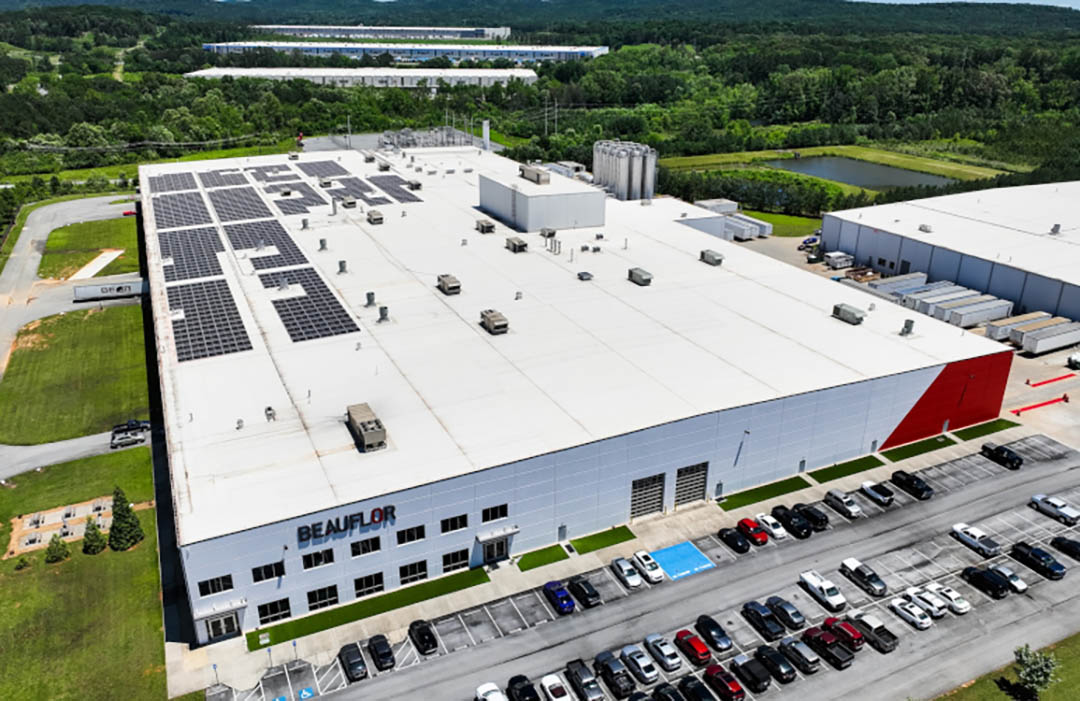
Floor manufacturer Beauflor USA has installed what is believed to be the largest solar power system in the Atlanta metropolitan area. This solar installation demonstrates our commitment to sustainable production practices and also reflects the rational business decisions we have made, "said Emile Coopman, Continuous Improvement Manager. By partnering with Cherry Street Energy, we are reducing our environmental impact and stabilizing our long-term energy costs, which benefits not only our customers but also the planet. ” The 1.04 MW system was installed by Cherry Street. It can meet approximately 10% of Beauflor's annual energy demand. The construction of this system has been planned for future expansion. This is the first step towards more renewable energy, "said Kupman. Cherry Street CEO Michael Chanin said, "As Georgia manufacturers increase production amid rising grid energy costs, experienced operators are seeking ways to quickly and sustainably meet their energy needs. Our core customer base seeks short-term solutions to control the costs of growing electricity demand. Cherry Street's solution - on-site solar energy without capital expenditures - is exactly that: reliable and economical electricity. It's as simple as sunshine. ” According to a 30-year solar procurement agreement, Cherry Street invested $1.8 million to build the system and bore all construction and maintenance costs. The system was completed in less than four months. Beauflor purchases the electricity produced directly from Cherry Street, enabling manufacturers to achieve energy savings immediately without any capital expenditure.
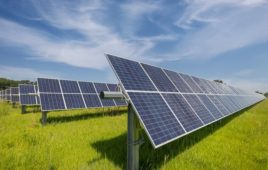
Standard Solar has announced a partnership with Wattch, a provider of next-generation cloud based energy monitoring, intelligence, and control solutions. Enhancing observability and schedulability will enable standard solar companies to operate more efficiently, adapt to constantly changing market environments, and meet the growing operational demands of dynamic energy markets. According to the agreement, Standard Solar will migrate its existing approximately 370 megawatts of power generation to the Wattch platform and utilize Wattch's hardware, software, and services to support more solar and energy storage projects planned for the next few years. Rick Berube, Chief Operating Officer of Standard Solar, said, "We partnered with Wattch because of their emphasis on data quality, control, and integrated SCADA - functions that are crucial for modern, resilient energy operations. Their platform provides our team with visibility and functionality to optimize performance and make faster and wiser decisions. ” This collaboration is driven by Wattch's industry-leading capabilities, including Wattch Digital Twin for a deeper understanding of energy loss sources, cloud based diagnostic tools for remote problem identification and resolution, and rapidly developing automatic battery monitoring and control capabilities. Other factors contributing to Standard Solar's decision include Wattch's comprehensive API, which seamlessly integrates with the company's current technology stack tools and databases, and the platform is easy to install and can support low-cost monitoring and retrofitting of existing sites. Wattch co-founder and CEO Alex Nussey said, "We are thrilled to expand our partnership with Standard Solar. Their rich experience in renewable energy asset management, coupled with our engineering team's persistent pursuit of innovation, will drive the continuous improvement of our platform. This collaboration ensures that we can build solutions that can address the practical operational challenges that customers face every day
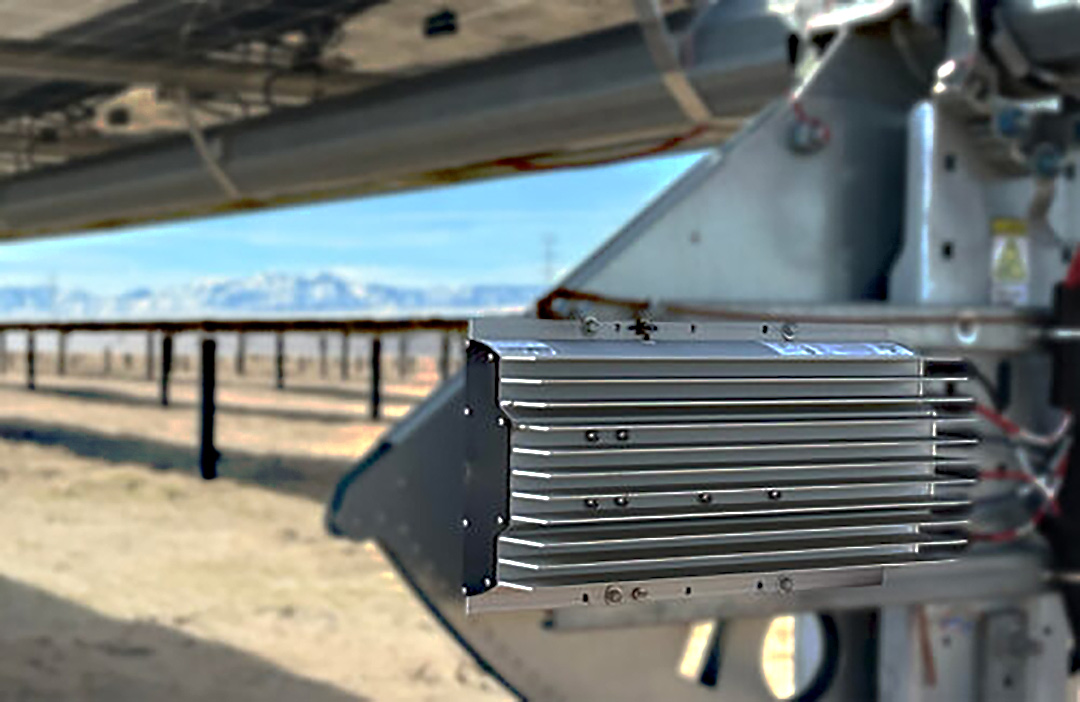
Ampt announced the deployment of its string optimizer to power a 65 MW solar project located in the California Independent System Operator (CAISO) region. The photovoltaic power plant includes a DC coupled 25 MW/100 megawatt hour (4-hour) battery energy storage system and uses Ampt string optimizer to provide low-cost power at stable voltage to support the operation of critical facilities, including large artificial intelligence data centers. The hybrid solar energy+energy storage system can achieve energy stability and transfer, ensuring the provision of renewable energy even in intermittent solar power generation. The system itself utilizes machine learning to evaluate the optimal timing and strategy for grid interaction. By signing power purchase agreements (PPAs) with multiple off takers, the power plant is expected to generate tens of millions of dollars in revenue for the local economy. In addition, it will also help advance California's goal of achieving 100% carbon free energy by 2045. The Ampt string optimizer is an advanced DC/DC converter that can output all available photovoltaic power at a fixed voltage, helping to meet the strict power requirements of artificial intelligence data centers, as even millisecond level fluctuations can affect their performance during AI training. By stabilizing the voltage at the power generation point, Ampt can ensure stable power supply for the inverter and battery system, thereby providing stable and reliable electricity to the purchaser. In addition, the Ampt optimizer can reduce the inherent volatility losses of large-scale photovoltaic systems caused by factors such as cloud cover, pollution, and temperature changes, thereby maximizing solar energy output. Mary Adam, Vice President of Global Sales at Ampt, stated, "By operating on the DC side, Ampt's technology can improve overall efficiency while reducing total system costs, making renewable energy a viable and flexible option for high-performance computing environments. We look forward to continuing to work side by side with our customers and partners to optimize their renewable energy power plants and support the infrastructure of these data centers

EcoFlow has released its latest home energy storage system, Ocean Pro. The system can generate electricity from various sources, including solar panels, other high-capacity batteries, and even generators (if needed). The Ocean Pro has been launched in the United States, based on the company's PowerOcean series, which has been installed over 17000 times in Europe. Jenny Zhang, President of EcoFlow's North American Residential Energy Business, said, "Ocean Pro is not just a backup power source, but also makes complete energy independence simple. We are delighted to introduce powerful solutions like Ocean Pro to the US market, creating a smarter, more powerful, and more reliable energy system for households to address the challenges they currently face. ” A single battery can provide 10 kWh of electricity, and the system can be expanded to 80 kWh. At a continuous output power of 24 kilowatts, the Ocean Pro can start within 10 milliseconds. The system has also passed the new UL 9540B test. Ocean Pro can participate in EcoFlow's Virtual Power Plant (VPP) network to earn additional rewards.
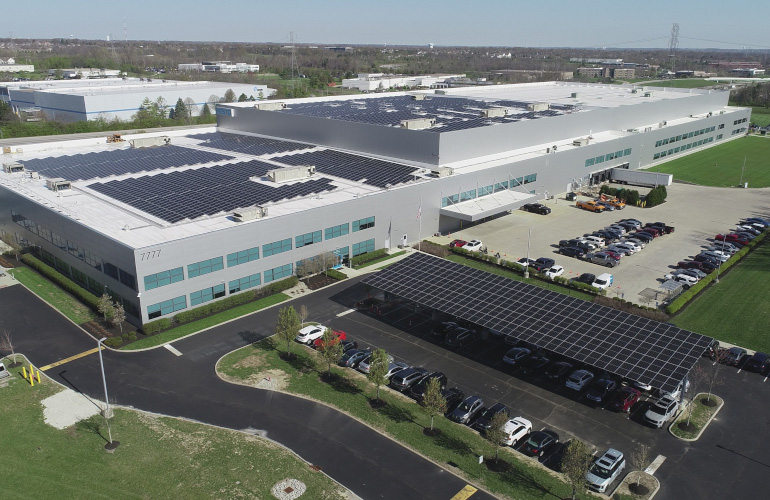
Automation control company Festo has completed a solar energy project at its distribution center in Mason, Ohio. The Festo North American Regional Service Center will now meet 48% of its annual electricity demand through solar energy. The system with an expected power generation of 1.4 megawatts will have 3929 solar panels covering 85180 square feet of roof. Its annual power generation is 2602 megawatt hours. The installation of solar panels began in November 2024 and was completed in May of this year. Kokosis Solar is the general contractor for this project. The solar panels are installed on the roofs of two of the three connected buildings and on the carport at the entrance. Eight solar electric vehicle charging stations are a major feature of this project. The Festo Regional Service Center was established in 2015 and has been expanded multiple times since then, serving as the North American distribution center for Festo's global automation products. The center has 350 employees and is also responsible for assembling customized orders and creating unique products for North American customers. Festo Didactic, the learning department of Festo, has established a practical system for training the next generation of manufacturing and processing technicians through community colleges. Mason Mayor Diana Nielsen commented, "The solar project at Festo Regional Service Center is not only energy-efficient, but also a model of resilience and forward thinking, reflecting the city's economic and environmental goals. It aligns with Mason City's efforts to help local businesses invest in sustainable development
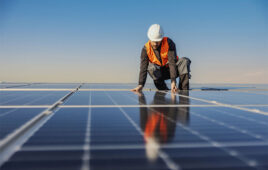
Sunnova announced that Omnidian may acquire its residential solar services and operations platform for $7 million in cash. Sunnova filed for bankruptcy in June, with total assets and liabilities exceeding $10 billion. Omnidian is a provider of residential and commercial solar+energy storage performance plans, and has signed a "lead" asset purchase agreement with Sunnova for its service division, which means Omnidian has the right of first refusal. Omnidian will assume a significant portion of customer service and system management responsibilities for Sunnova's active customers. Sunnova is continuing to solicit bids for its remaining business, with a deadline of July 21st. Stakeholders can find more information about Sunnova Chapter 11 bankruptcy proceedings here and here. Sunnova primarily operates residential solar and energy storage system integrators across the United States. The company collaborates with local solar installation companies to provide solar energy services to customers through third-party ownership (TPO) contracts. The customer leases solar projects from Sunnova. Sunnova laid off approximately 55% of its workforce on May 30th and filed for bankruptcy in a Texas court in early June. Financing provider Mosaic also filed for bankruptcy at the same time, which is consistent with the trend of huge turbulence in the solar TPO market. Despite numerous difficulties, with the passage of the OBBB bill, the TPO market has achieved victory. Although homeowners' own residential solar systems will lose investment tax credits (25D) by the end of this year, residential leasing companies can still obtain investment tax credits (ITC) through Section 48E.
Categories
New Products
Tin Roof Rapid Solar Mounting System with Hanger Bolt Read More
Residential Small Solar Easy Bracket Kit for Home Balcony Read More
Automatic Single Pile Solar Tracker with 10 PV Panels Read More
Angle Adjustable Aluminum Easy Solar Panel Bracket for Garden Read More
Intelligent Single Post Dual Row Solar Tracking System Read More
5000ES Solar Off-Grid Energy Storage Inverter Supplier Read More
Multi Drive Double-Sided Single Axis Tracker System Read More
© Copyright: 2025 Xiamen Wintop New Energy Tech Co., Ltd.. All Rights Reserved.

IPv6 network supported
Friendly Links:
Integrated Solar System